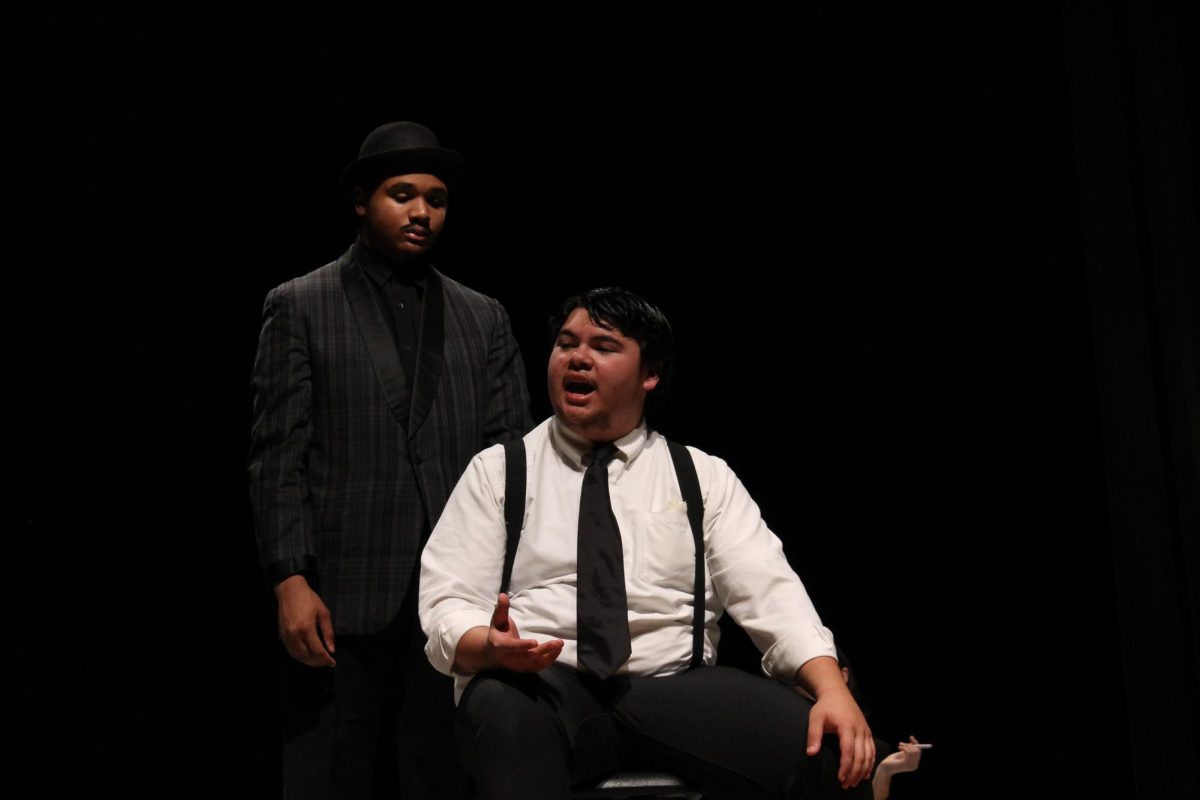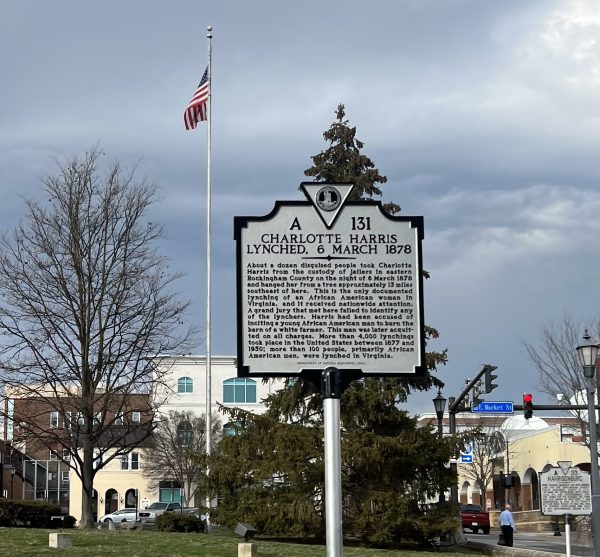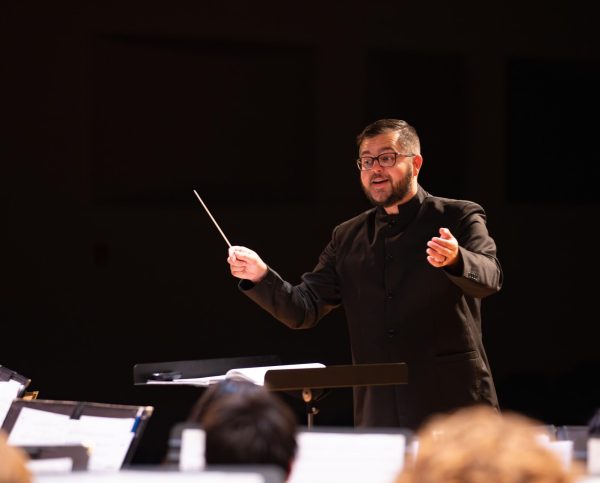Seniors go Shakespearean at ASC
December 5, 2013
Men in tights twirling swords was on the lesson plan for the AP English 12 class, who traveled to Staunton on Dec. 4 to visit the internationally accredited Blackfriars playhouse. The field trip consisted of a performance of Shakespeare’s Othello by the American Shakespeare Center (ASC) and then a Q&A session with the cast afterwards.
Othello, one of Shakespeare’s quintessential plays, is a drama that tells the story of a Moorish (Spanish and North African Muslim) captain of the Venetian army, who is tricked by his allegedly honest right hand man, Iago.
Senior Lucy Rose enjoyed the themes prevalent in the play.
“I did enjoy the show. It’s overall message of choosing whom you trust is still important today,” Rose said.
Having visited Blackfriars before, she was accustomed to their manner and approach.
“I always enjoy visiting Blackfriars. It’s unlike most other places because the actors will involve the audience in certain scenes,” Rose said.
Senior Jessica Montag, also an attendee, has never been to Blackfriars before.
“I thought it was a nice environment even though the seats were really uncomfortable.”
Montag wasn’t entirely amused by the play.
“I marginally liked it. The acting wasn’t bad,” Montag said. “It was good compared to other presentations of Shakespeare I’ve seen and it was true to the play, but I still thought it was boring.”
Rose, in contrast, enjoyed what the play had to offer.
“Though his past works were a bit challenging to me, I did not find myself struggling to keep up with the plot for Othello. The actors do a great job putting emotions into what each character is saying,” Rose said.
The Blackfriars Playhouse is known as one of the only two theatres in the world to perform Shakespeare’s works in their original staging conditions. The building is a replica of the playwright from Stratford-upon-Avon’s first indoor theatre, as well as an homage to the theatres of the era. However, the similarities aren’t just in architecture. According to the ASC, there are several specific aspects of the performance that make the playhouse uniquely Shakespearean.
Differing from modern playhouses and productions, the entire building is well light, meaning the performers can see the audience and vice-versa. Importance is placed on this because audience interaction is a major part of Shakespeare, with the audience even filling in actual roles as armies or courts.
Since acting troupes from the era had fewer than 15 actors at a time, and pieces featured up to 40 different parts, many actors have to double as multiple roles. This is left intact in the ASC’s approach, as is gender doubling. Acting was a male occupation during Shakespeare’s time, and while the ASC has many women, it enjoys taking part in the tradition of gender fluidity by crossing parts to different genders.
Other aspects include the lack of fixed sets or ornate scenery and focus mostly on vital props. Costuming has heavy emphasis, but only so far as it portrays qualities of a character, not a particular historical context. Music, a major part of Shakespearean theatre, is likewise a major part of Blackfriars, who perform Shakespearean sonnets in a contemporary setting as well as covers of modern songs.











